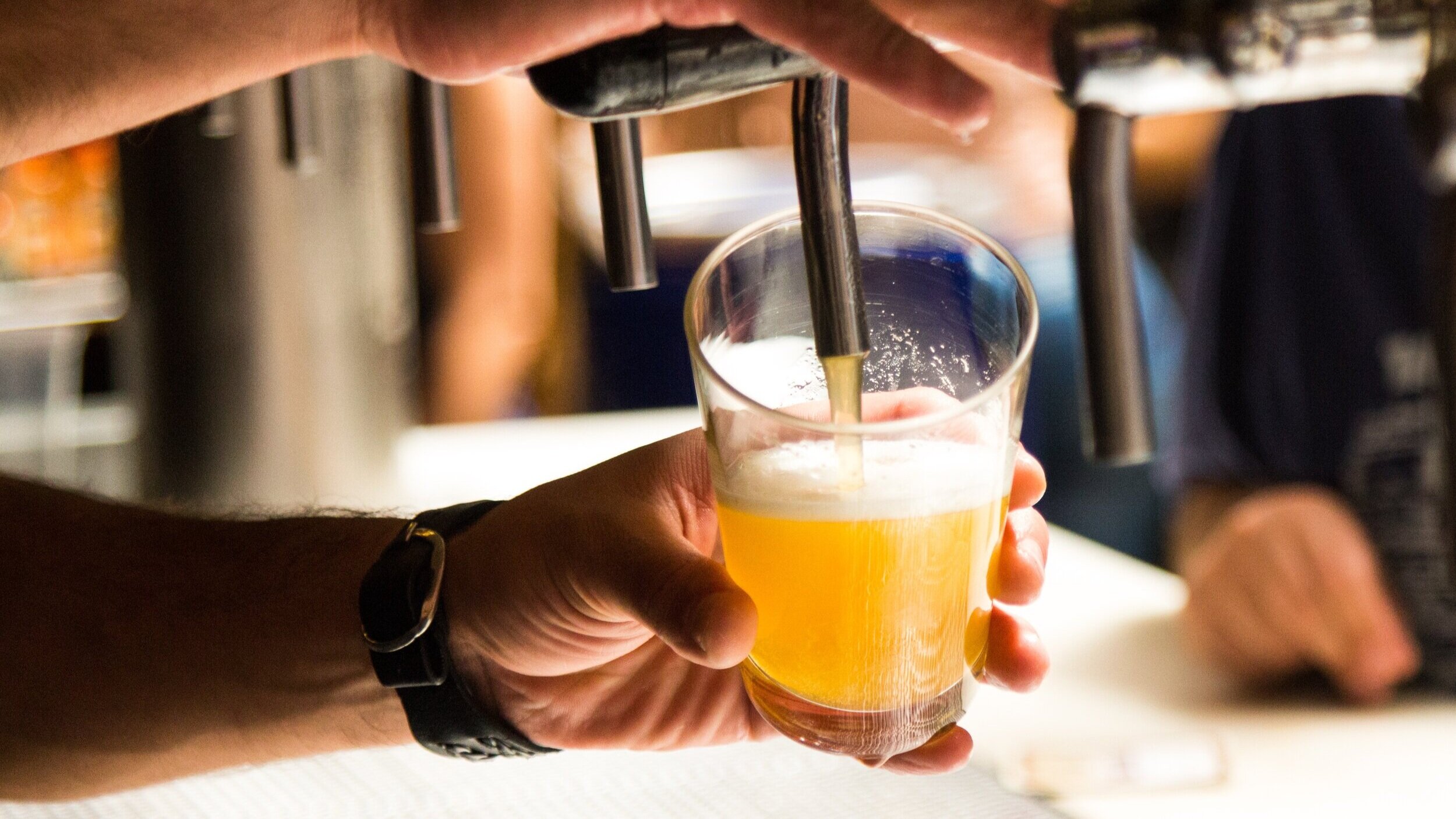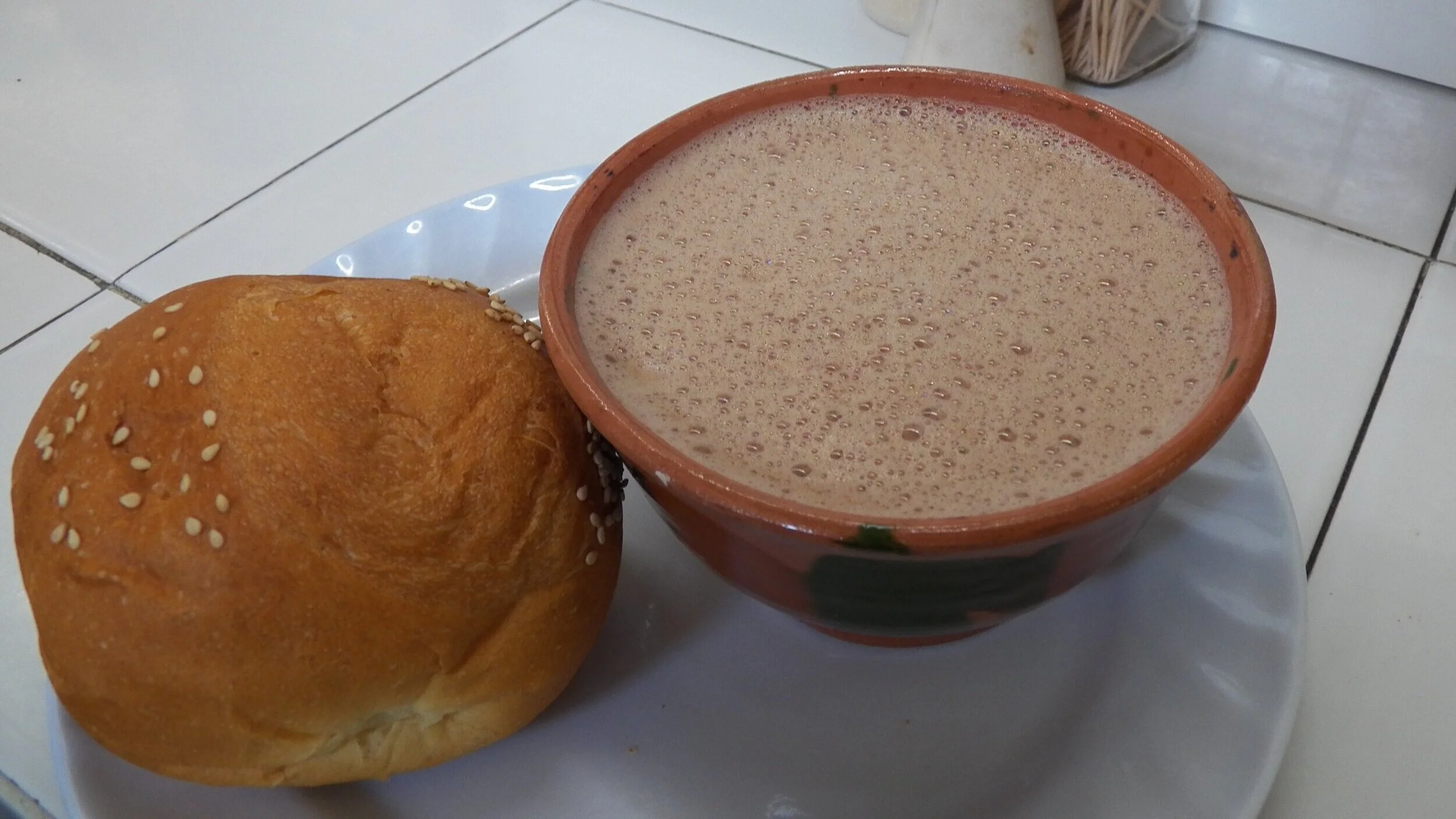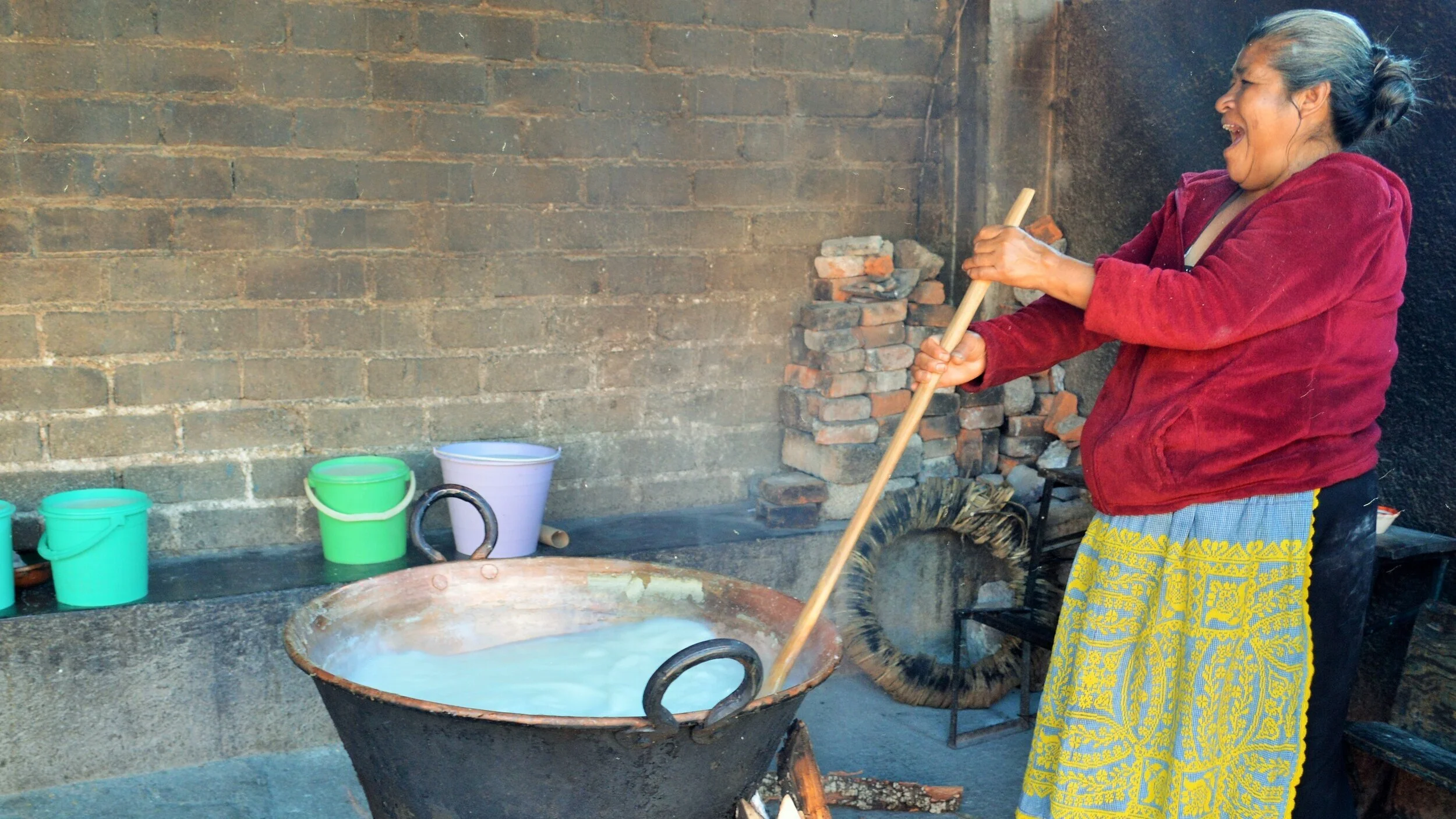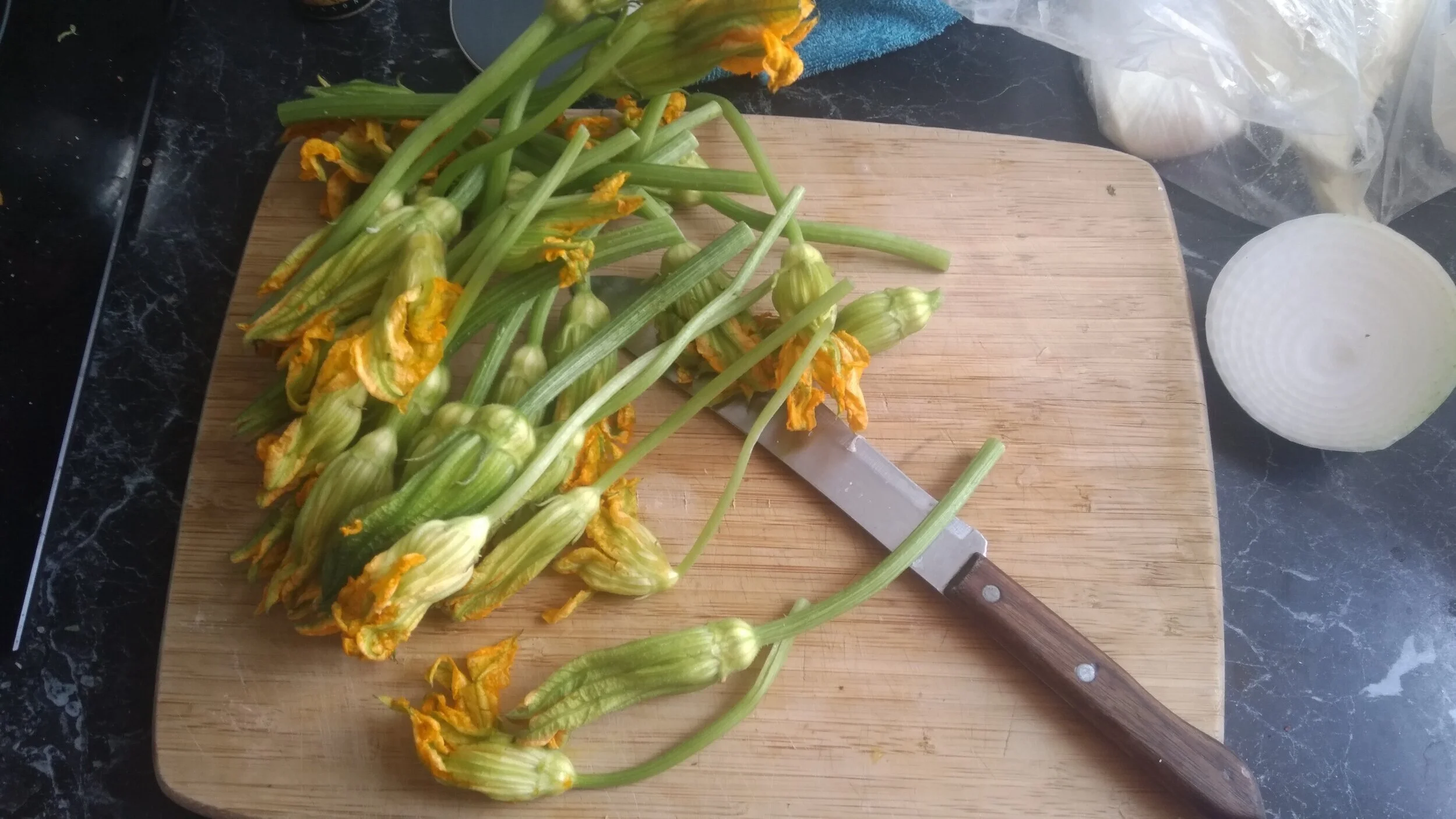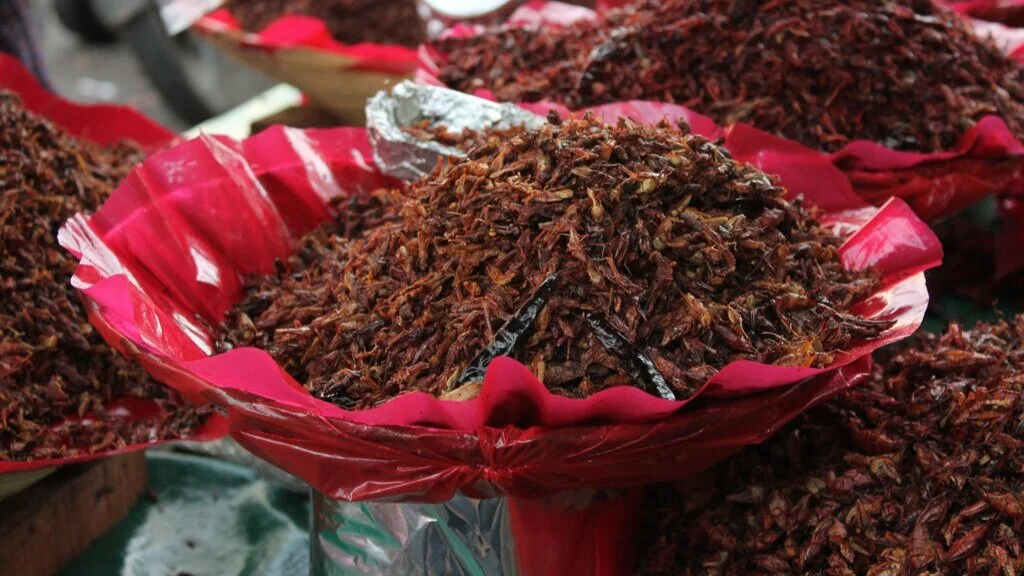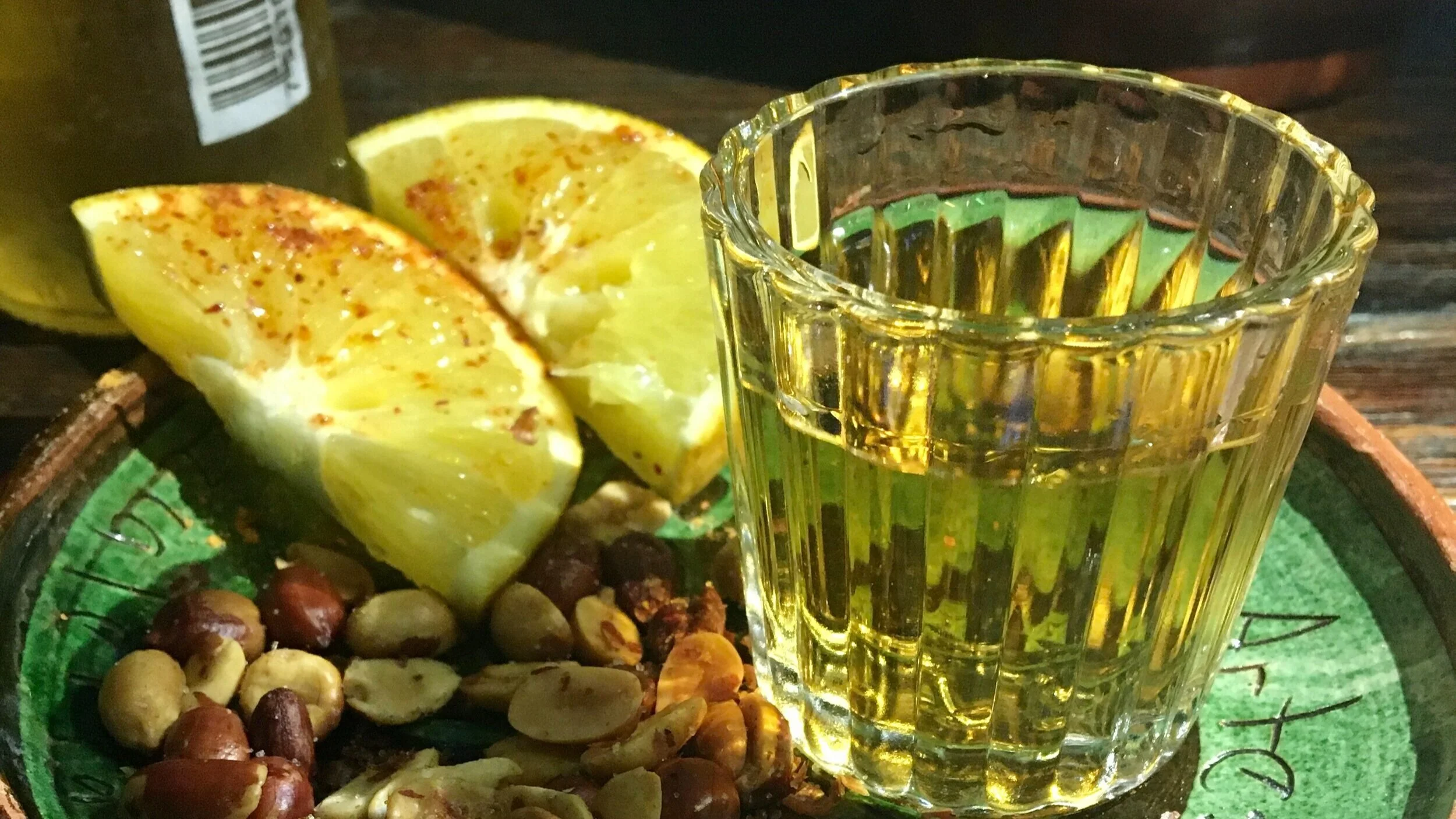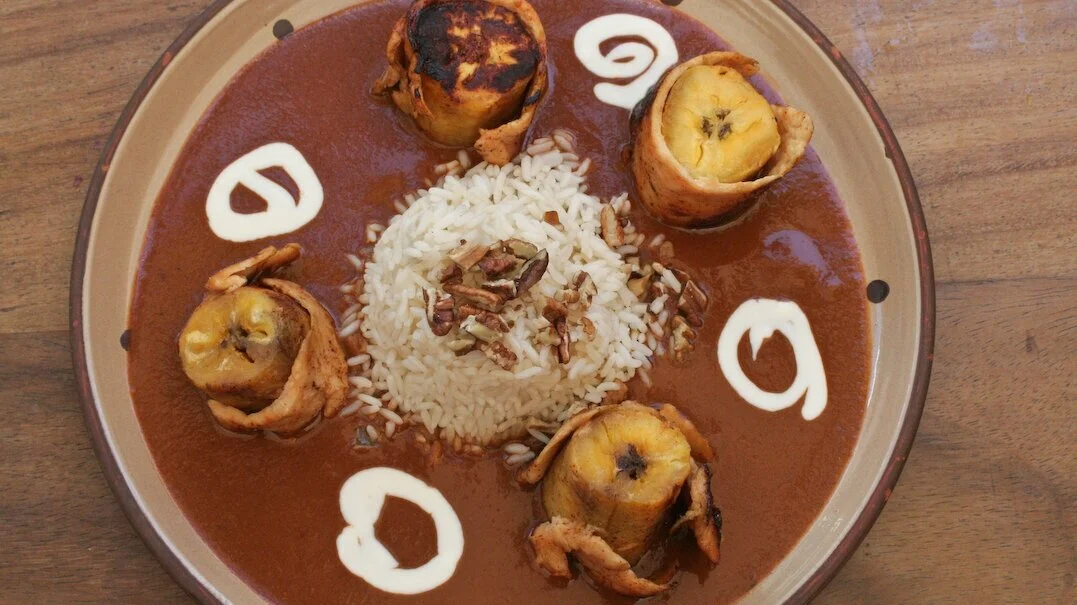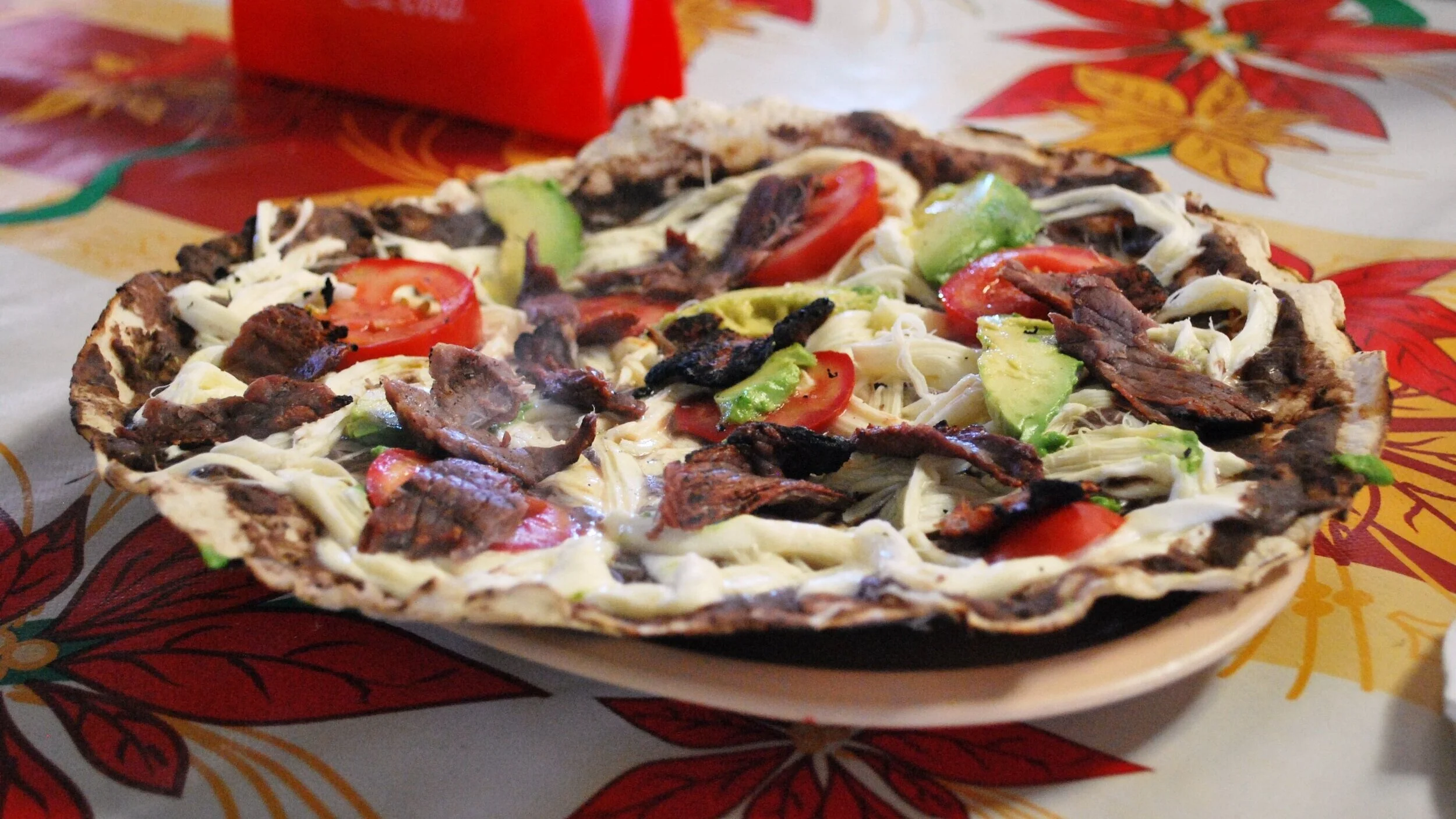Top 10 Foods: What to Eat in Oaxaca, Mexico
Tamales
Starting off our list, the number ten spot goes to the tamale!
This traditional Mesoamerican dish is made by steaming corn-based masa inside a corn husk, which acts as both seasoning and cooking hardware. The cooked masa tastes like what it is, a dense, crumbly corn dough, but the tamale will really boast the flavor of whatever it’s stuffed with - various cheeses, meats, vegetables, or different salsas.
These literal “pocket foods” are a piece of Mesoamerican culinary history and are believed to have been made back in 8000 BC. This timeline makes sense because corn, the crop that changed the world, is believed to have been domesticated first in Mexico right around the same time.
Beer
The number nine spot goes to cervesas.
Beer is one the oldest alcoholic beverages in the world and is incredibly popular in Oaxaca. This naturally carbonated drink is the product of fermenting different cereal grains and hops. Although flavors are across the board depending on the type of beer and recipe, most will agree that beer generally leans bitter and is extremely satisfying.
Now, carbonated alcohol and Mexico go way back, but the European-style beer that we think of when we think "brewski" was introduced to the area when the Spanish arrived. A European country introducing European-style beer - makes sense, right?
Some of the local craft brewers include Consejo Cervecer or Cerveceria Teufel. However, if craft beer isn't your thing, Pacifico and Modelo will hit the spot.
Chocolate
Number eight!
The chocolate that we all know and love comes from a fruit called "cacao." This large alien-looking pod is cut open to reveal nut-like cacao beans that have a slimy coating. When eaten raw, this pulp tastes like a combination of melon and tangerine but transforms after being roasted. Once cooked, the beans are ground to paste that's used in many dishes and tastes like the darkest 100% chocolate bar you've ever eaten.
The cacao tree dates back over 4,000 years in Mexico and has been highly regarded by the Country ever since. It was consumed by the Olmecs, the Aztecs, and the Mayans, and in liquid form, has been referred to as the "Drink of the Gods." Chocolate, as you will see, is part of many of the dishes on this list.
Atole
The number seven spot goes to atole!
Atole is a hot beverage made from a corn base. Typical ingredients include masa, sugar, cinnamon, vanilla, and can be further flavored with fruit or chocolate. Its consistency can range from liquidy and thin to thick and porridge-like.
Atole is a very traditional Mexican drink that is customarily consumed for Dia di Muertos, Day of the Dead, but is also sipped on throughout the year with breakfast or dinner. It should be easy to find this one, as it’s commonly sold by street vendors.
Flor de Calabaza
Number six goes to flor de calabaza, pumpkin flowers!
These squash blossoms are just what they sound like, the flowers from pumpkin plants. They can be stuffed and fried, used in quesadillas, tamales, mixed in with soups, and cooked in a number of ways. They can even be eaten raw! Their texture is soft, velvety, and extremely tender, with a delicate flavor that mildly tastes like pumpkin.
Now pumpkin plants were the first recorded plants cultivated in Mesoamerica. So, one could presume that they've been eating pumpkin flowers in Oaxaca for a long time… say about 10,000 years, give or take.
Chapulines
The number five spot goes to chapulines!
Toasted grasshopper. My resources told me that they taste like a wetter version of a salt and vinegar potato chip. They're typically seasoned with salt, garlic, and lime juice and can also be found flavored with local maguey worms, giving the chapulines an additional blast of salt, sour, and spiciness.
It shouldn't be too hard scouting these out in Oaxaca, as they are commonly sold by street vendors by the scoopful throughout the state. There are a lot of grasshoppers here, especially after adult specimens lay their eggs in May.
Now, let's talk sustainability for a second. Biomass alone, insects are the most abundant source of protein worldwide. Between their high nutritional value, easy-to-meet dietary requirements, and efficiency of reproduction, insects might just be our dietary future.
Tejate
Number four goes to tejate!
This non-alcoholic beverage is served cold and celebrates local cacao and maize. Typical ingredients include maize, cacao, cacao flowers, and seeds from the local mamey fruit. This fruit grows on trees that are native to Mexico. These ingredients might be toasted for extra flavor, but they are always ground up and turned into a paste before mixing with water. The drink can also be sweetened.
This prehispanic Mexican drink is said to taste like cold hot cocoa and lilac flowers with a texture resembling a slightly warmer version of a Wendy’s Frosty.
Mezcal
The number three spot goes to mezcal!
Similar to tequila, this distilled libation is most commonly made from agave. Since the two spirits are made from the same plant, they naturally share similar favors; however, mezcal has a much smokier taste. This flavor differentiator is a result of pre-distillation production. Agave hearts are used to make both spirits. However, the hearts used to make mezcal are cooked - traditionally in pits dug in the earth where they are infused with a smoky flavor. In Oaxaca, mezcal is typically consumed straight.
Mezcal is also infamous for the iconic maguey worm that's submerged in some bottles. These "worms" are actually baby moths that are birthed on agave plants, using the plant as a food source. I can't get a straight answer as to why these larvae are put in mezcal. Some say it improves flavor, some say it indicates that the mezcal is safe to drink, but some say it's just good old-fashioned marketing.
Now Oaxaca is responsible for producing over 70% of the world's mezcal. That's impressive. It makes for a unique local culture and economy and suggests a very special natural environment. Its creation is attributed to curious Spanish conquistadors who began distilling local plants after landing in Mexico in 1519. Voila! Mezcal.
Mole
Number two goes to mole.
Mole is a sauce that goes hand-in-hand with Oaxaca. It dates back to Mesoamerica and is a very traditional part of Mexican cuisine. Mole comes in many different varieties and styles, but for the sake of this video, we are going to focus on the most popular mole negro.
Mole negro has a seemingly neverending list of ingredients that will vary between regions within Oaxaca and between the restaurants, vendors, and homes that are cooking it. However, common ingredients include a mix of dried peppers like chihuacles negros, guajillos, pasillas Mexicanos, anchos negros, chipotle mecos. The sauce might also have things like garlic, almonds, peanuts, cinnamon, black peppercorn, cloves, various types of oil, raisins, pieces of bread, plantains, sesame seeds, pecans, tomato, tomatillo, thyme, oregano, chocolate, avocado leaves, onions, celery, and carrots. A lot is going on here, and it takes a large, labor-intensive portion of the day to cook. So if you have the opportunity to try this, appreciate every flavor that's developed and thank the cook.
History is blurry, and there are many theories to its origin. We do know that it dates back to pre-hispanic Mexico. Some say that the Aztecs made mole in the 13th century for special occasions and spiritual rituals. The addition of chocolate made this sauce highly valued and important.
Flavor-wise, no two moles are going to be the same. Ingredients are going to change based on the region and the cook's preferences. Oaxaca is known as "The Land of Seven Moles," and mole is the national dish of Mexico. So if you're in Oaxaca, you have to try it!
Tlayudas
The number one spot goes to tlayudas!
This traditional Oaxacan dish is often referred to as "Mexican Pizza." Similar to pizza's crust, tlayudas are built upon a large thin crunchy tortilla that's either toasted or fried. Refried beans are spread evenly across the top of the tortilla and is then topped with pork lard, lettuce, avocado, some sort of meat, a drizzle of salsa, and a sprinkling of Oaxacan cheese. Yes, we said pork lard. And although these fixings are traditional, the rules here aren't strict. The orderer and creator get the final say as to what goes on top. This flexibility in toppings is historically appropriate as tlayudas are believed to have originated from a "use whatever we have laying around" recipe.
Tlayudas are native to Oaxaca and are one of the most iconic dishes associated with the state. They are made by many street vendors and restaurants, so finding one shouldn't be too difficult.
The history here is a little blurry, but many believe these to have been around before Spanish settlement, making these a long-term resident of Mexico and an extremely "authentic" thing to eat.



